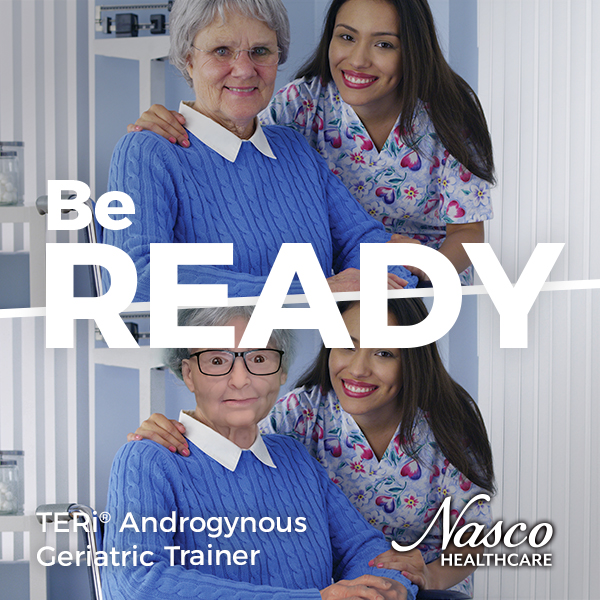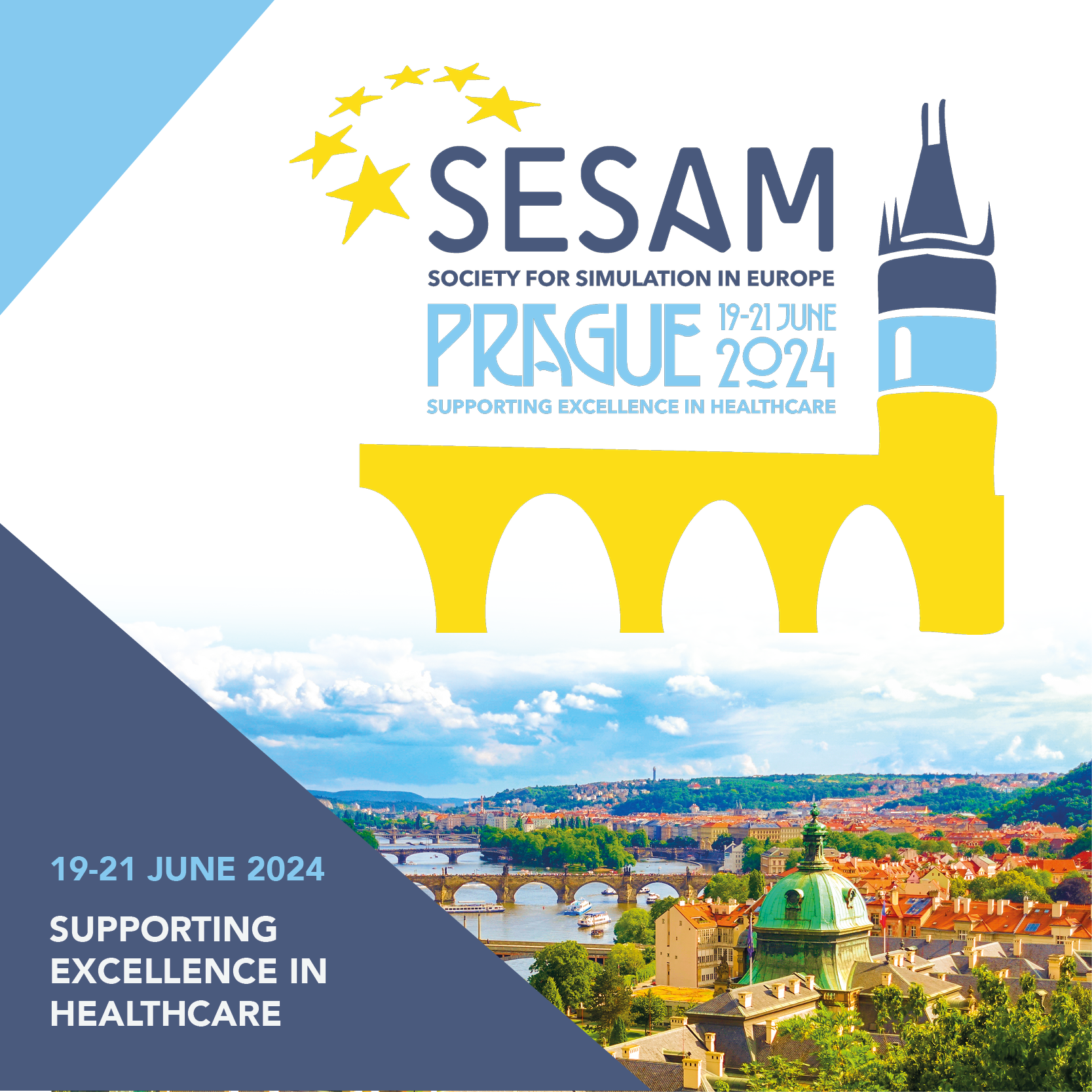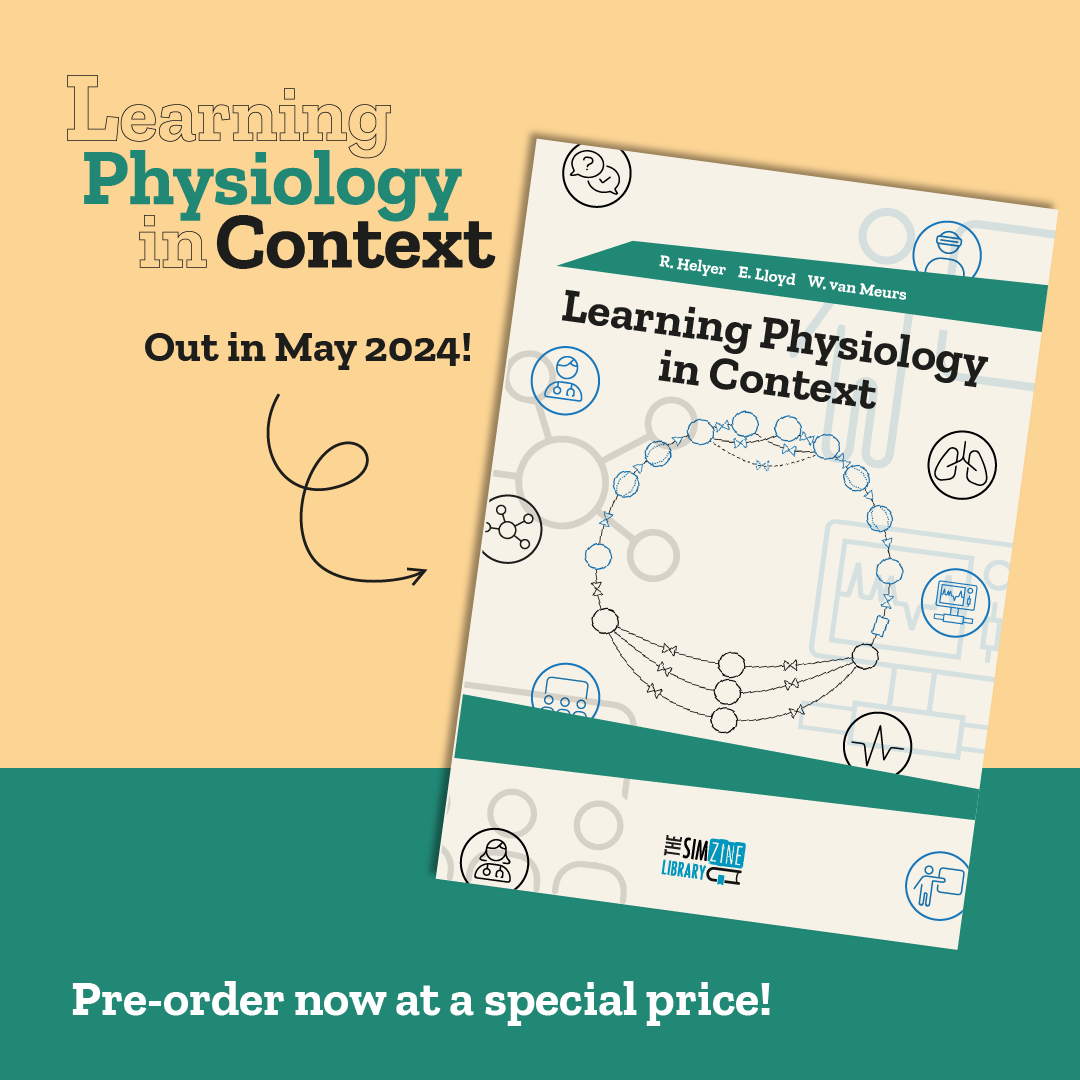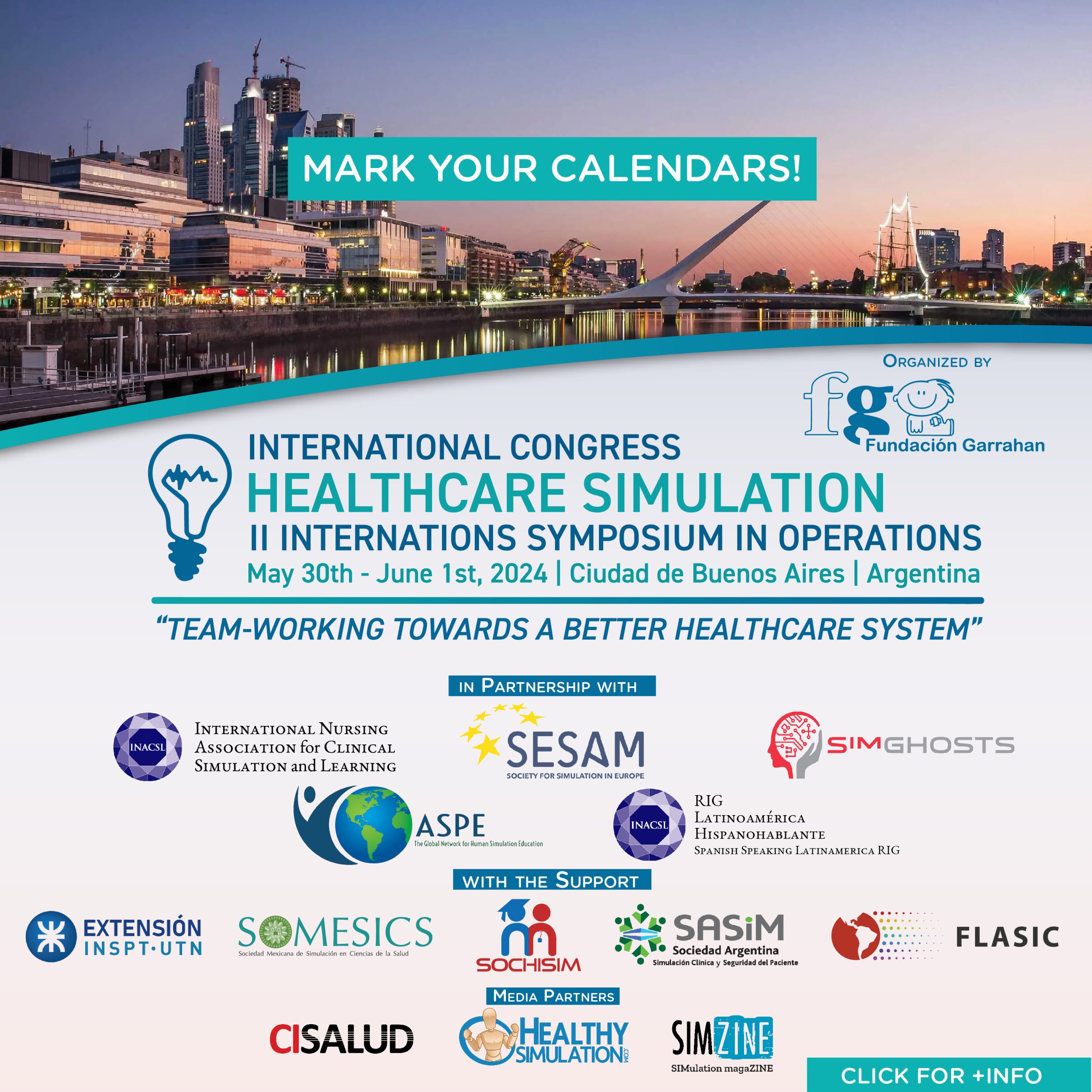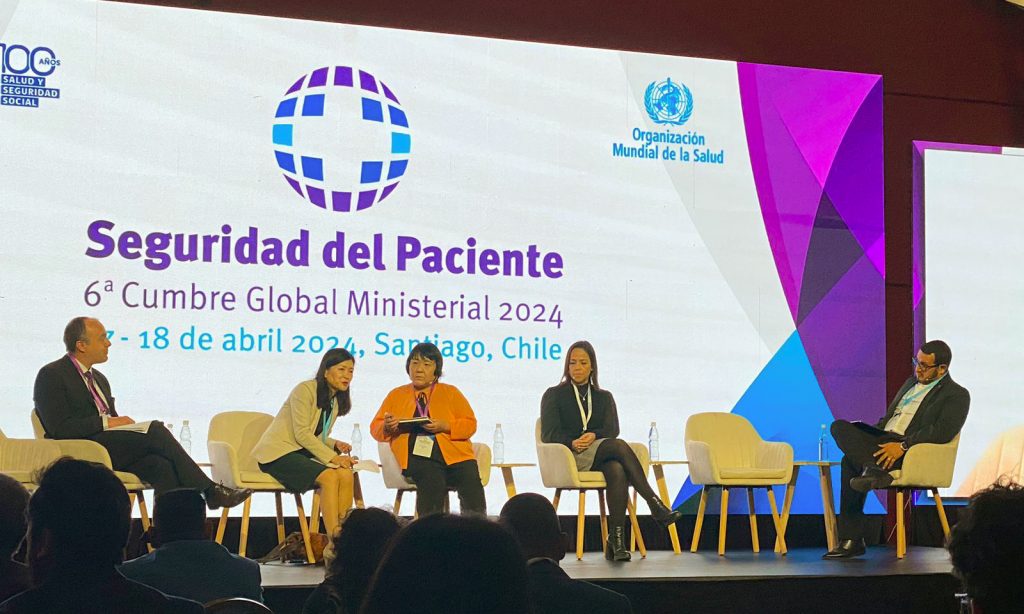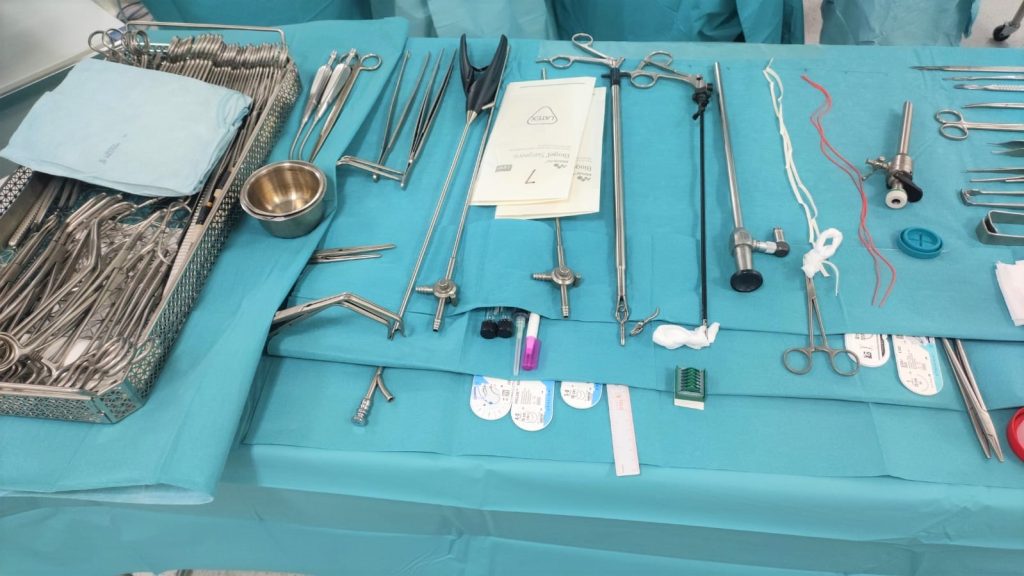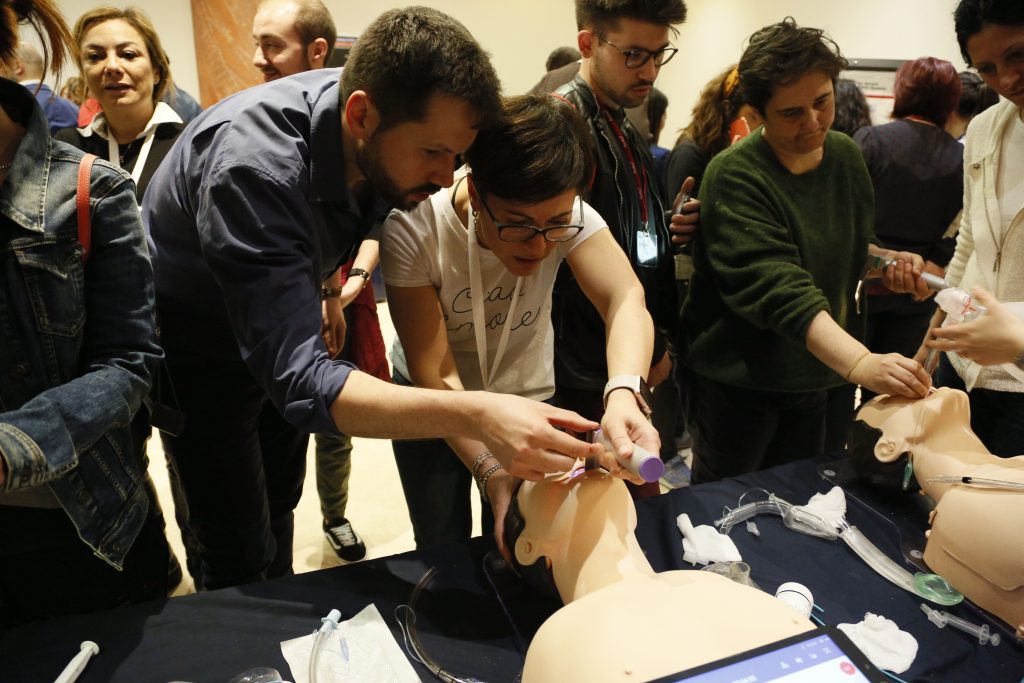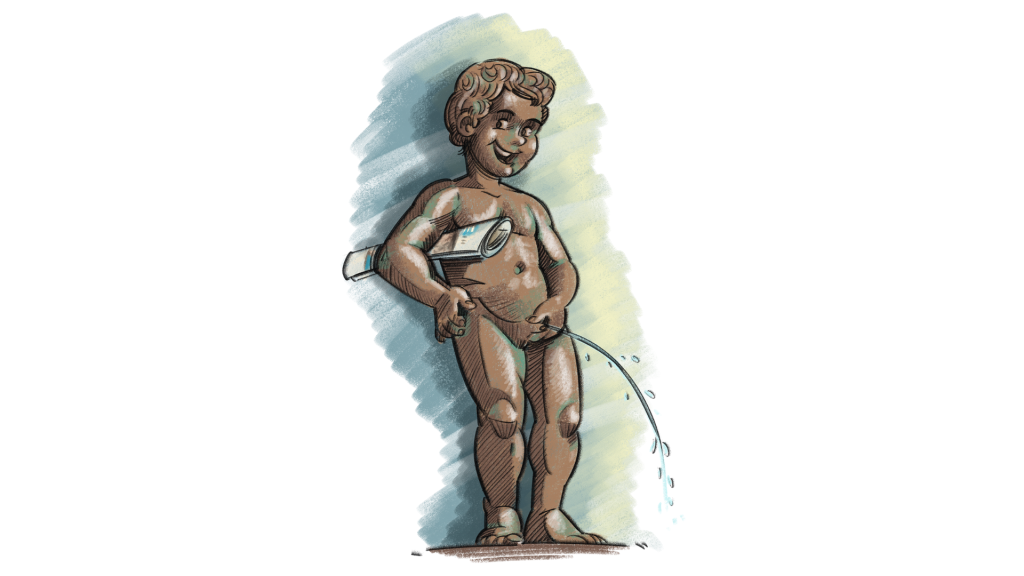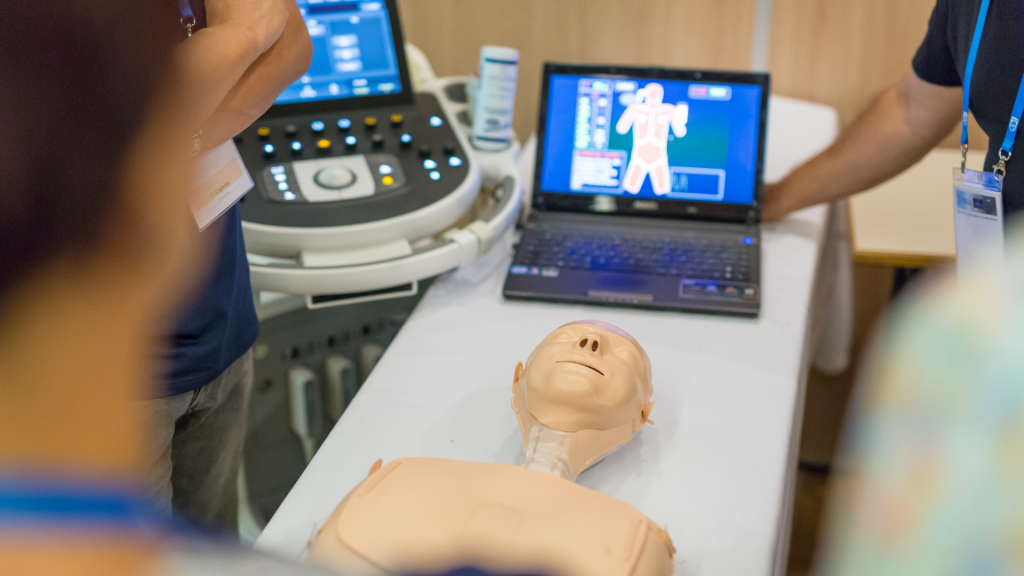Can neonatal simulation training improve outcomes in high-resource facilities? An Austrian team has been studying the issue for 8 years.
Welcome back to our pub,
If you like low fermentation beers, just for today, we have a box of Viennese Lagers for you to try. During the summer holidays, our brewmaster found a brewery in Vienna that took 8 years to produce this amber. 😉 And also for that reason, the result on the palate is exceptional!
In this brewery between 2012 and 2019 neonatal mortality data were collected and the level of intervention received by infants immediately after birth was monitored for their stabilization:
- A) patients who received short-term non-invasive ventilation
- B) patients who received non-invasive ventilation prolonged invasive and
- C) patients who received ventilation and chest compressions (with/without drugs).
Premature infants (gestational age <37 weeks) were excluded from the analysis because they are more likely to require ventilatory support after birth than term infants.

In 2015, a training program designed in two formats was launched: low-fidelity neonatal simulation and high-fidelity neonatal simulation, both carried out by multidisciplinary teams. The data, therefore, was divided into two groups: those relating to the 2012-2014 period, that is, before the completion of the training, were considered pre-training; those relating to 2015-2019 were considered post-training. The Viennese teachers tried to understand whether simulation training would improve outcomes and reduce interventions on young patients in high-resource neonatal facilities.
Of 13,950 babies born during the study period, 826 full-term babies received one of three levels of intervention for adjustment after birth. A total of 284 (34.4%) patients received short-term noninvasive ventilation (A), 477 (57.8%) prolonged ventilation (B), and 65 (7.9%) chest compressions (C), respectively. Comparing the periods before and after training, no significant reduction in mortality was found and no significant changes were found in groups A and B. However, the risk of chest compressions (group C) decreased significantly from 0.91% in the pre-training period, to 0.20% in the post-training period (p<0.001). < 0,001).
In general, when looking at the impact of training on simulation, it should always be kept in mind that a highly complex brewery probably cannot be changed (sufficiently) with single, isolated training events. Instead, a comprehensive and well-thought-out set of interrelated measures is needed to effectively demonstrate the significant effect of simulation training in improving patient safety, quality of care, and the production of great beers. This recipe has shown that
regular simulation training can improve patient outcomes in high-resource settings
and that, if a large number of cases cannot be obtained, studies of the effect of training in neonatology are recommended to measure parameters of indirect outcomes such as decreased need for chest compressions shortly after birth.
I hope you have enjoyed this tasting, I look forward to our next meeting!
See you soon,
your Brewmaster
Schwindt EM, Stockenhuber R, Kainz T, Stumptner N, Henkel M, Hefler L, Schwindt JC. Neonatal simulation training decreases the incidence of chest compressions in term newborns. Resuscitation. 2022 Sep;178:109-115. doi: 10.1016/j.resuscitation.2022.06.006. Epub 2022 Jun 11. PMID: 35700883.




